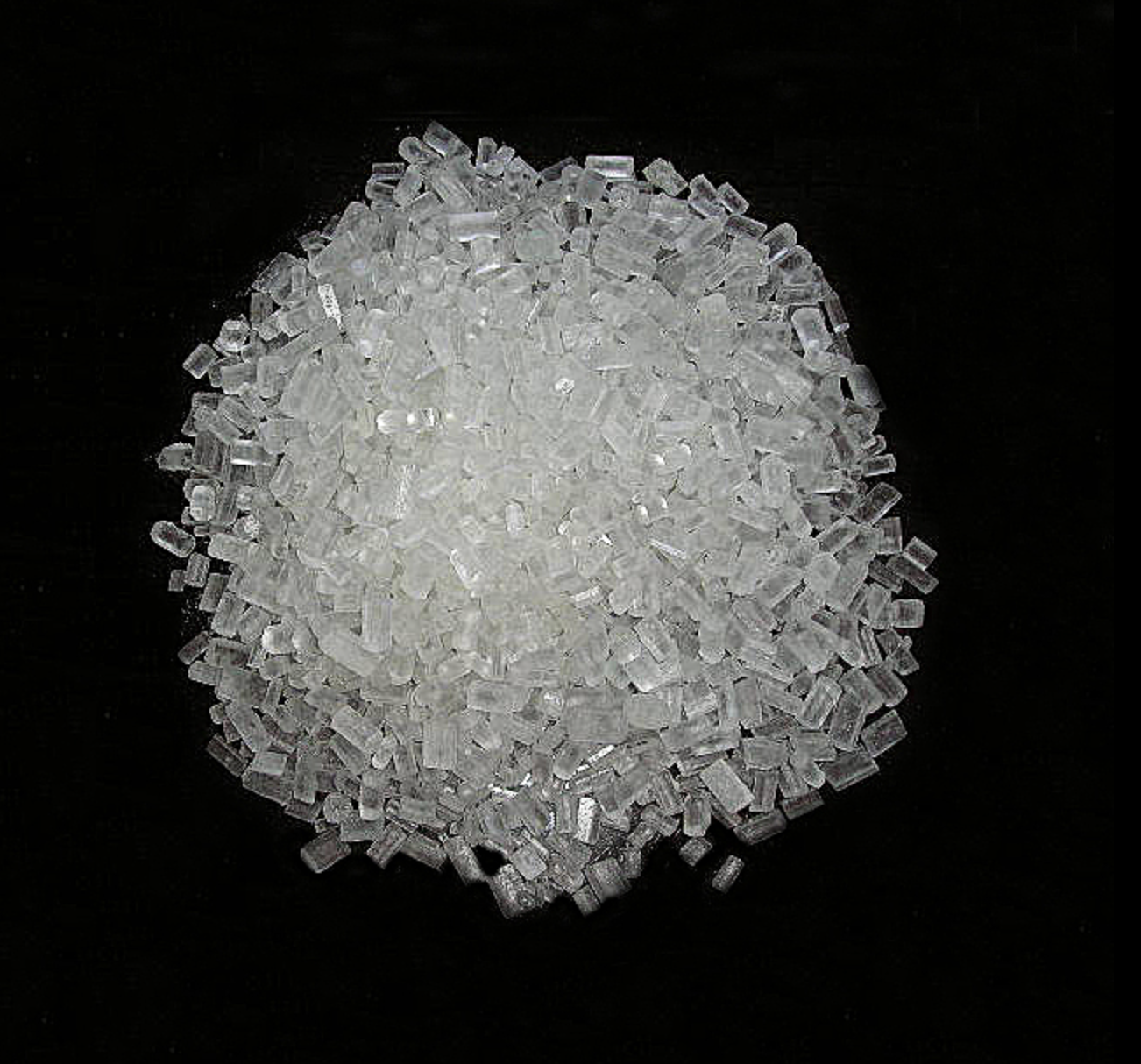Chemical compound sodium thiosulfate (Na2S2O3) is employed in many industrial applications. Its usage to counteract the effects of leftover chlorine in water treatment systems is one of its key uses. With the chemical formula Na2S2O3, sodium thiosulfate is an inorganic substance. It is a white, crystalline powder that is alkaline and water soluble. Another name for sodium thiosulfate is sodium hyposulfite.
Sodium thiosulfate applications in water treatment systems
To make water suitable for eating or other applications, pollutants and toxins must be removed. This procedure is known as water treatment. Disinfection with chlorinated compounds, such as calcium hypochlorite (chlorine), to eradicate bacteria and other hazardous microbes, is one of the primary water treatment techniques. On the other hand, too much chlorine can be harmful to both the environment and human health. In water treatment systems, sodium thiosulfate is used to counteract the effects of residual chlorine.
Chlorine is a powerful disinfectant that is frequently used in water treatment systems to eliminate bacteria, viruses, and other microbes that might cause illnesses that are spread through the drinking water supply. Trihalomethanes (THMs) and haloacetic acid (HAA) are two hazardous disinfection by-products (DBPs) that can be created when residual chlorine reacts with organic materials in water. It is well recognized that these substances can lead to cancer and other health issues in people.
Water treatment systems frequently add sodium thiosulfate to the treated water to neutralize remaining chlorine in an effort to avoid the production of DBP. Chlorine and sodium thiosulfate combine to produce sodium chloride (NaCl) and sulfur (S). Following is the response:
2Na2S2O3 + 4Cl2 → 4NaCl + 2S + 3O2
The sulfur produced in this reaction is harmless and can be easily removed from the water.

Benefits of using Sodium thiosulfate in water treatment systems such as feed water, aquaculture water...
- Reduce chlorine residue: Sodium thiosulfate is a powerful reducing agent that may eliminate leftover chlorine in water treatment systems. This aids in lowering the production of dangerous DBPs that can impair people's health.
- Cost-effective: Sodium thiosulfate is a chemical that is readily accessible on the market. It is a common option for water treatment systems since it is very simple to handle and store.
- Safety: When employed in water treatment systems, sodium thiosulfate is a chemical that poses minimal health hazards. It is also non-toxic and has no negative environmental consequences.
- Versatile: Sodium thiosulfate is a chemical with a wide range of uses in several sectors of the economy. It is utilized for more than just water treatment; it is also a component of several bleaching agents and is employed in image processing and medicinal applications.